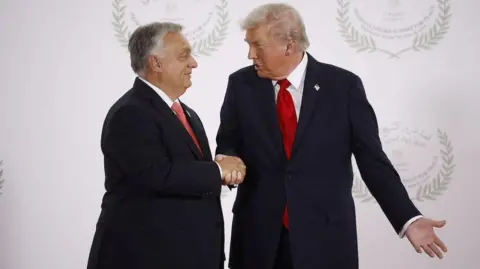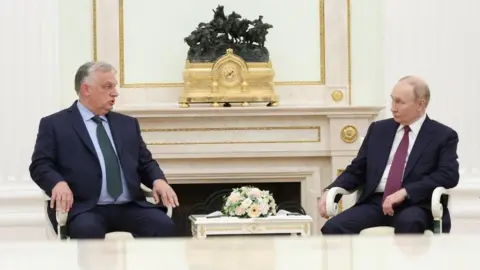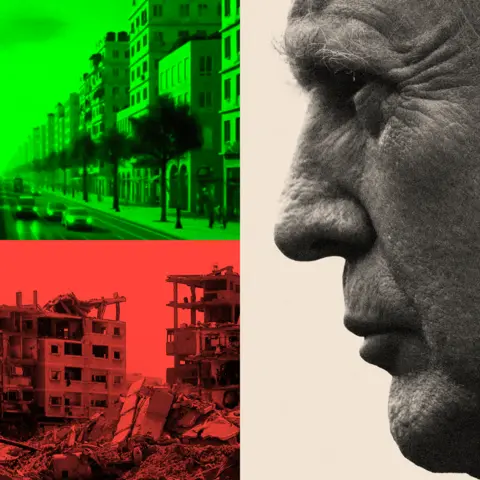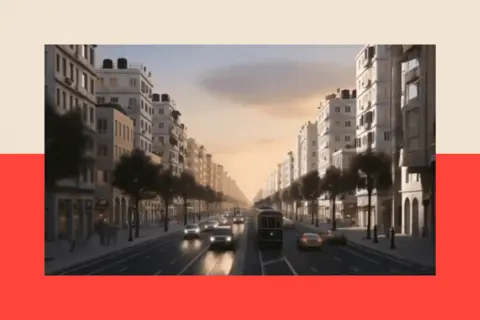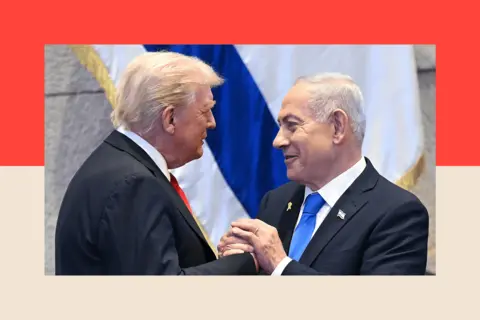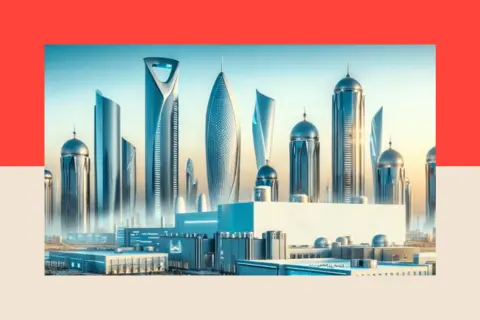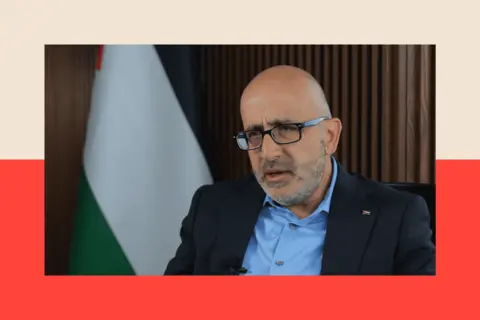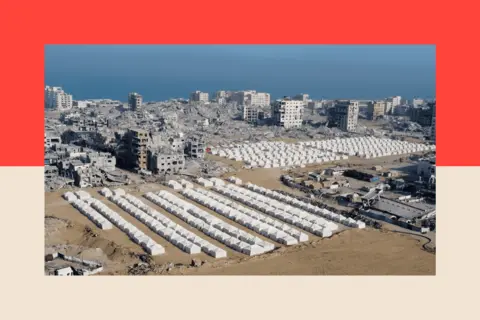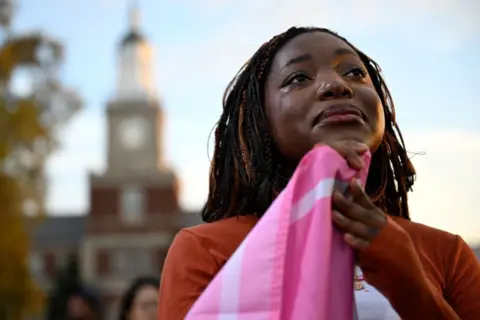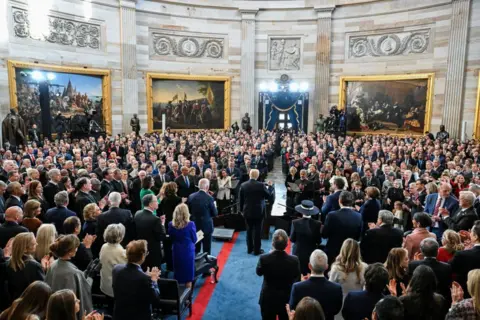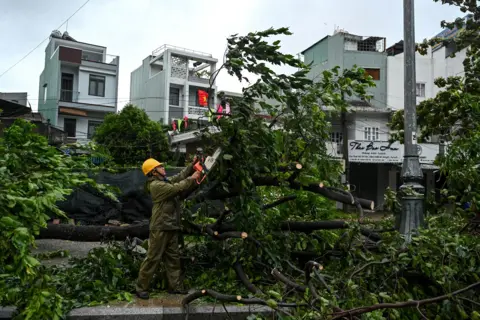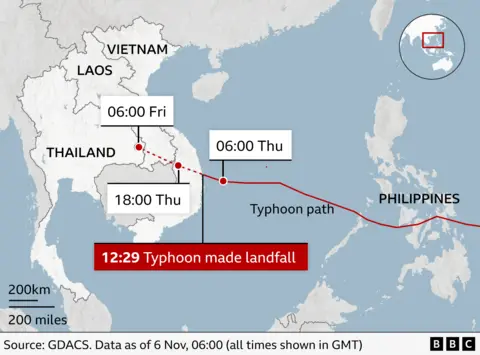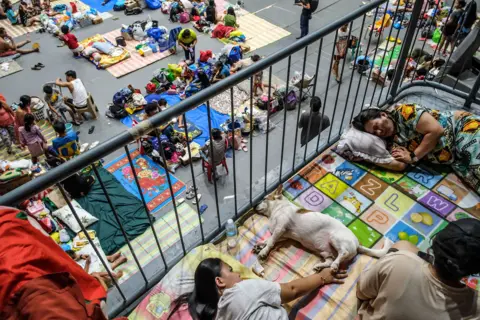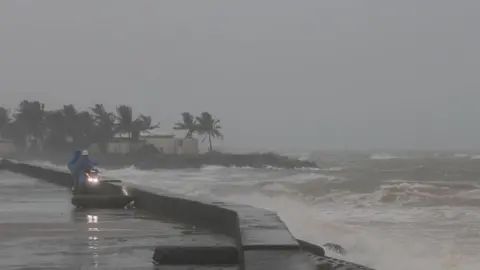Dozens injured in mosque blast in Indonesia high school : NPR
Police officers and military personnel stand guard at the gate of a school where explosions reportedly occurred, in Jakarta, Indonesia, Friday.
Dita Alangkara/AP
hide caption
toggle caption
Dita Alangkara/AP
JAKARTA, Indonesia — Indonesian authorities said they have identified a 17-year-old boy as the suspected perpetrator of an attack that shook a mosque at a high school during Friday prayers in Jakarta, Indonesia’s capital, injuring at least 55 people, mostly students.
Police brushed away speculation for now that the blasts were a terror attack, saying they were still investigating.
Witnesses told local television stations that they heard at least two loud blasts around midday, from inside and outside the mosque, just as the sermon had started at the mosque at SMA 72, a state high school within a navy compound in Jakarta’s northern Kelapa Gading neighborhood.
Students and others ran out in panic as gray smoke filled the mosque.
“The information I have is that the suspect is undergoing surgery,” Deputy House Speaker Sufmi Dasco Ahmad told reporters after visiting student victims at a hospital. “The suspect is a 17-year-old male student,” he said without giving more details.
National Police Chief Listyo Sigit confirmed in a news conference at the presidential palace in Jakarta that the suspect was one of two students who were undergoing surgery due to suffering serious injuries in the blasts.
“We have identified the suspected perpetrator,” Sigit said after attending an event with President Prabowo Subianto at the palace, “Our personnel are currently conducting an in-depth investigation to determine the suspect’s identity and the environment where he lives, including his house and others.”
Sigit said police investigators are still collecting all information to determine the motive, including how the suspect was able to assemble a toy submachine gun with words inscribed on it including “14 words. For Agartha,” and “Brenton Tarrant: Welcome to hell.”

People look on as military personnel stand guard near a school where explosions reportedly occurred, in Jakarta, Indonesia, Friday.
Dita Alangkara/AP
hide caption
toggle caption
Dita Alangkara/AP
“14 words” is generally a reference to a white supremacist slogan, while Brenton Tarrant is the perpetrator of a 2019 mass shooting at a mosque and Islamic center in Christchurch, New Zealand, that killed 51 and injured dozens of others.
“We discovered the weapon was a toy gun with specific markings, which we are also investigating to understand the motive, including how he assembled it and carried out the attack,” Sigit said, adding that the teenage male suspect was a student at the school.
Most of the victims suffered injuries from glass shards and burns. The cause of the explosions was not immediately known but they came from near the mosque’s loudspeaker, according to Jakarta Police Chief Asep Edi Suheri.
He said the injured were rushed to nearby hospitals and 20 students remained hospitalized for burns, three of them with serious injuries.
“Police are still investigating the scene to determine the cause,” he said and urged against speculation that the incident was an attack before the police investigation is completed.
Videos circulating on social media showed dozens of students in school uniform running in panic across the school’s basketball court, some covering their ears with their hands, apparently to protect themselves from the loud blasts.
Some of the injured were carried on stretchers to waiting cars.
Shocked relatives of the students gathered at centers set up at Yarsi and Cempaka Putih hospitals to seek information about their loved ones. Parents told television stations their children had wounds from being hit in the head, feet and hands by sharp nails and pieces of exploding objects.
Indonesia, the world’s most populous Muslim-majority country, was struck by a major militant attack in 2002 when al-Qaida staged bombings on the resort island of Bali that killed 202 people, mostly foreign tourists.
In subsequent years, there have been mostly smaller, less deadly strikes that have targeted the government, police and anti-terrorism forces, as well as those considered infidels by militant groups.
Friday’s attack was not the first mosque attack. In 2011, a Muslim militant blew himself up in a mosque at a police compound in Cirebon packed with officers during Friday prayers, injuring 30 people.
In December 2022, a Muslim militant and convicted bomb-maker who was released from prison the previous year blew himself up at a police station in West Java, killing an officer and wounding 11 people.
Since 2023, the Southeast Asia nation has experienced what authorities call a “zero attack phenomenon,” crediting the government with the stable security situation.


